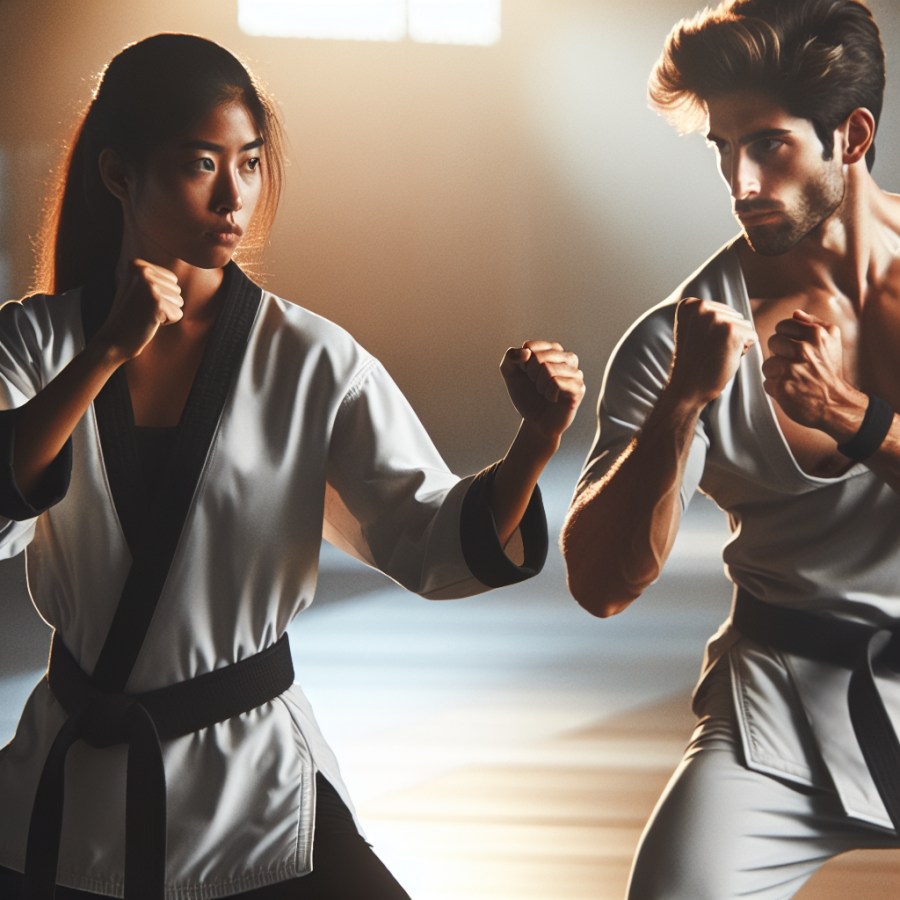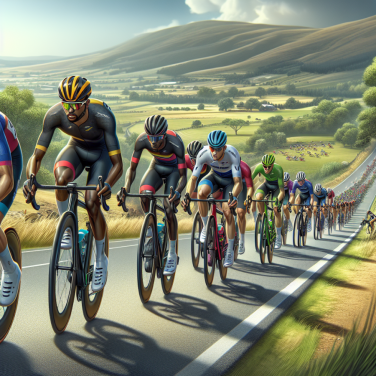The Philosophical Foundations of Jeet Kune Do and Their Impact on Modern Combat Sports
Jeet Kune Do (JKD), the brainchild of legendary martial artist Bruce Lee, is more than a collection of fighting techniques—it is a philosophy. It rejects the rigid structure of traditional martial arts and instead emphasizes practicality, efficiency, and adaptability. The philosophical foundations of JKD have had a profound impact on modern combat sports, influencing everything from training methods to the mindset of fighters.
At the heart of JKD lies the concept of "using no way as way, having no limitation as limitation." This idea suggests that a martial artist should not be confined by the styles and methods of any single martial art. Bruce Lee believed that being bound by a specific style could potentially limit a fighter's ability and creativity in combat. Thus, JKD practitioners are encouraged to explore various martial arts and integrate what is useful while discarding what is useless for them personally.
Another key principle in JKD is "the economy of motion." The philosophy maintains that every movement in combat should have a purpose and that unnecessary motions should be eliminated. This leads to a fighting style that is direct, simple, and to the point. Such a concept has greatly influenced modern combat sports, where athletes strive to maximize efficiency in their strikes, takedowns, and defensive maneuvers to conserve energy and improve effectiveness.
Simplicity and directness have also played a crucial role in the development of techniques and strategies in combat sports. In JKD, the concept of "intercepting fist" or "Jeet Kune" asserts that the best way to defend oneself is to intercept an opponent's attack. This principle has carried over into sports like mixed martial arts (MMA), where fighters commonly utilize strikes or takedowns to intercept an opponent's attack and gain a tactical advantage.
The JKD emphasis on adaptability and fluidity, often summarized by the famous Bruce Lee quote, "Be like water," has inspired athletes to develop a more holistic and adaptable approach to training and competition. Bruce Lee's metaphor for water—adapting to the shape of its container, yet powerful enough to penetrate the strongest barriers—encourages fighters to be flexible and resilient. Modern combat sports athletes often train in a variety of disciplines to ensure they can adapt to any situation, whether standing up or on the ground.
Furthermore, JKD promotes the importance of personal expression in combat. Bruce Lee believed that each individual should express themselves honestly through their fighting style without imitating others.
Read also:
Rossall Hockey: Tradition Meets Modern Play on the Field
Evolution of Martial Arts: Tracing the Influence of Bruce Lee's Jeet Kune Do Worldwide
Martial arts, a blend of skill, discipline, and tradition, have been evolving for centuries. With the advent of combat sports and a worldwide audience, this evolution accelerated significantly. One of the most influential figures to have left an indelible impact on martial arts was Bruce Lee - the legendary fighter, philosopher, and movie star. His approach to fighting, Jeet Kune Do, transcended traditional martial arts dogma and encouraged practitioners to "absorb what is useful, reject what is useless, and add what is specifically your own."
Jeet Kune Do, "The Way of the Intercepting Fist," was more than a mere fighting style; it was an embodiment of Bruce Lee's profound belief in the importance of personal liberation and self-expression through martial arts. Lee's philosophy emphasized adaptability, efficiency, and simplicity. It encompassed elements from Wing Chun, boxing, fencing, and other disciplines, reflecting his belief that the best fighter is not a boxer, karate, or judo man, but someone who can adapt to any style, to be formless, like water.
The ripples of Jeet Kune Do have been felt worldwide. In the West, Lee's movies sparked an unprecedented interest in Asian martial arts during the 1970s. He inspired generations to take up martial arts, with many schools incorporating principles of Jeet Kune Do into their own curricula. This can be seen in the rise of eclectic martial arts systems that prioritize effective combat techniques over traditional forms. Moreover, Jeet Kune Do's influence is evident in the realm of mixed martial arts (MMA), where the philosophy of using whatever works resonates deeply.
Through Lee's Hollywood films, diverse audiences saw an Asian man as a strong, charismatic lead for the first time. These movies not only broke racial barriers but also showcased Jeet Kune Do's effectiveness, speed, and direct approach to combat. As a result, martial arts training became not just a means for self-defense but also a path to personal growth and development.
From a practical standpoint, Bruce Lee's insistence on realistic combat training led to the inclusion of grappling, trapping, and ground fighting techniques long before they became mainstream in the West. His work with U.S. karate champion Chuck Norris and his fight choreography brought a new level of authenticity to martial arts in cinema, influencing action scenes in films for decades thereafter.




